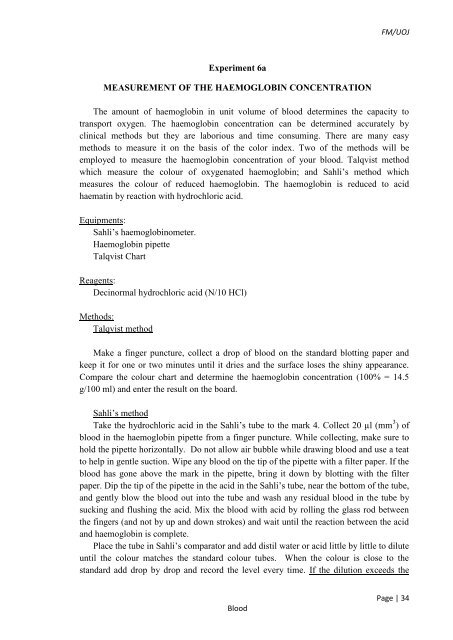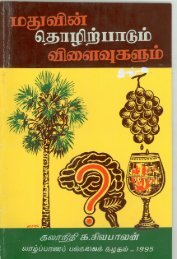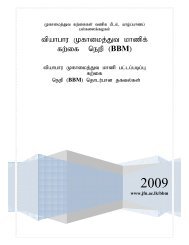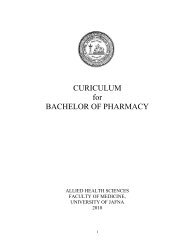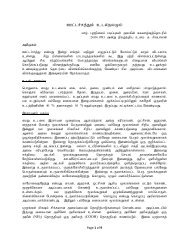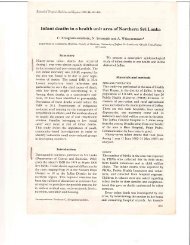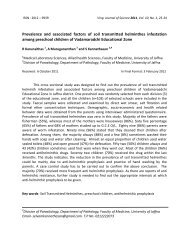MANUAL PHYSIOLOGY PRACTICAL - Repository:The Medical ...
MANUAL PHYSIOLOGY PRACTICAL - Repository:The Medical ...
MANUAL PHYSIOLOGY PRACTICAL - Repository:The Medical ...
Create successful ePaper yourself
Turn your PDF publications into a flip-book with our unique Google optimized e-Paper software.
FM/UOJ<br />
Experiment 6a<br />
MEASUREMENT OF THE HAEMOGLOBIN CONCENTRATION<br />
<strong>The</strong> amount of haemoglobin in unit volume of blood determines the capacity to<br />
transport oxygen. <strong>The</strong> haemoglobin concentration can be determined accurately by<br />
clinical methods but they are laborious and time consuming. <strong>The</strong>re are many easy<br />
methods to measure it on the basis of the color index. Two of the methods will be<br />
employed to measure the haemoglobin concentration of your blood. Talqvist method<br />
which measure the colour of oxygenated haemoglobin; and Sahli’s method which<br />
measures the colour of reduced haemoglobin. <strong>The</strong> haemoglobin is reduced to acid<br />
haematin by reaction with hydrochloric acid.<br />
Equipments:<br />
Sahli’s haemoglobinometer.<br />
Haemoglobin pipette<br />
Talqvist Chart<br />
Reagents:<br />
Decinormal hydrochloric acid (N/10 HCl)<br />
Methods:<br />
Talqvist method<br />
Make a finger puncture, collect a drop of blood on the standard blotting paper and<br />
keep it for one or two minutes until it dries and the surface loses the shiny appearance.<br />
Compare the colour chart and determine the haemoglobin concentration (100% = 14.5<br />
g/100 ml) and enter the result on the board.<br />
Sahli’s method<br />
Take the hydrochloric acid in the Sahli’s tube to the mark 4. Collect 20 µl (mm 3 ) of<br />
blood in the haemoglobin pipette from a finger puncture. While collecting, make sure to<br />
hold the pipette horizontally. Do not allow air bubble while drawing blood and use a teat<br />
to help in gentle suction. Wipe any blood on the tip of the pipette with a filter paper. If the<br />
blood has gone above the mark in the pipette, bring it down by blotting with the filter<br />
paper. Dip the tip of the pipette in the acid in the Sahli’s tube, near the bottom of the tube,<br />
and gently blow the blood out into the tube and wash any residual blood in the tube by<br />
sucking and flushing the acid. Mix the blood with acid by rolling the glass rod between<br />
the fingers (and not by up and down strokes) and wait until the reaction between the acid<br />
and haemoglobin is complete.<br />
Place the tube in Sahli’s comparator and add distil water or acid little by little to dilute<br />
until the colour matches the standard colour tubes. When the colour is close to the<br />
standard add drop by drop and record the level every time. If the dilution exceeds the<br />
Blood<br />
Page | 34


